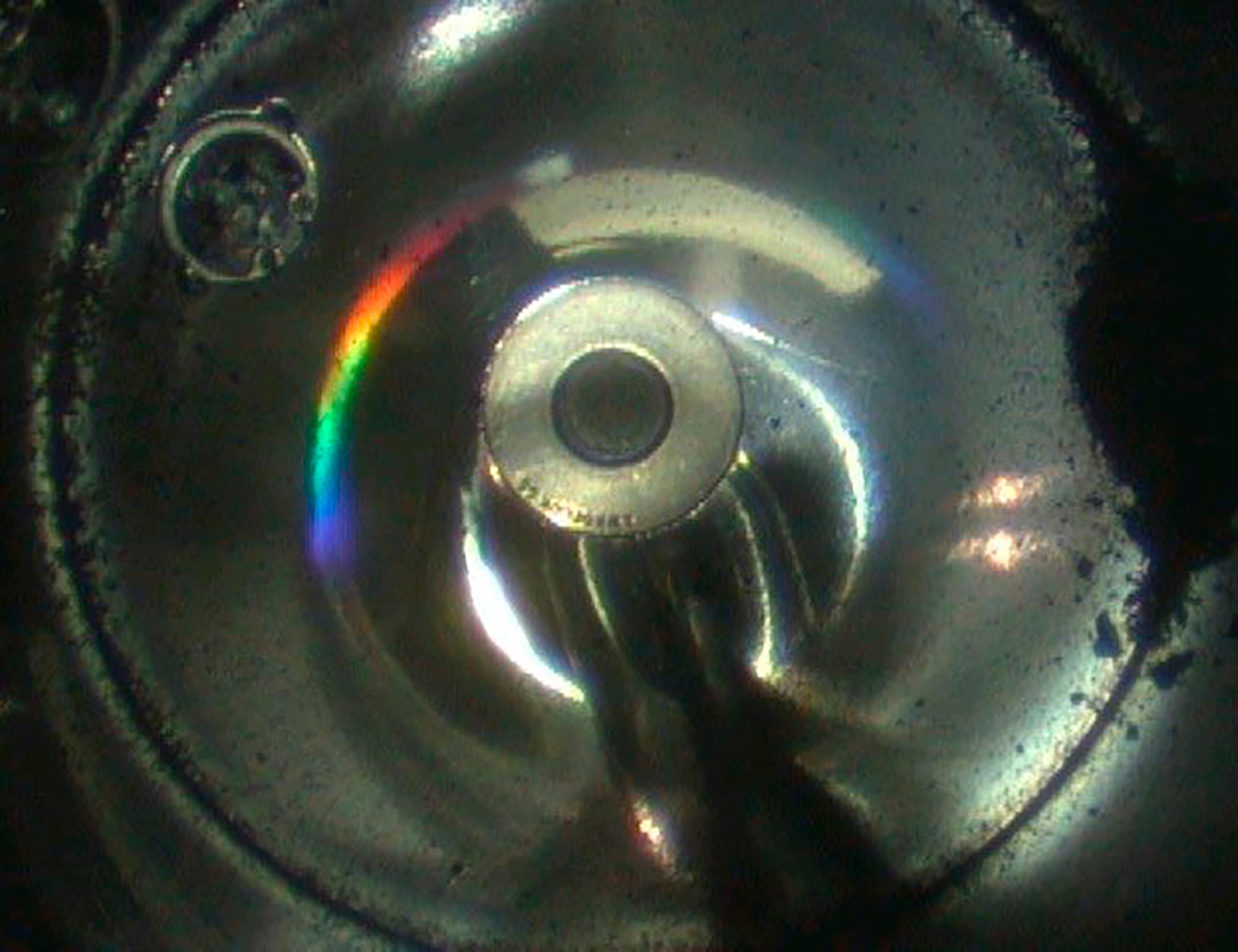Japan space agency finds ample soil, gas from asteroid
Japan’s space agency officials say they have found more than the anticipated amount of soil and gases inside a small capsule the country’s Hayabusa2 spacecraft brought back from a distant asteroid this month, a mission they praised as a milestone for planetary research

Your support helps us to tell the story
From reproductive rights to climate change to Big Tech, The Independent is on the ground when the story is developing. Whether it's investigating the financials of Elon Musk's pro-Trump PAC or producing our latest documentary, 'The A Word', which shines a light on the American women fighting for reproductive rights, we know how important it is to parse out the facts from the messaging.
At such a critical moment in US history, we need reporters on the ground. Your donation allows us to keep sending journalists to speak to both sides of the story.
The Independent is trusted by Americans across the entire political spectrum. And unlike many other quality news outlets, we choose not to lock Americans out of our reporting and analysis with paywalls. We believe quality journalism should be available to everyone, paid for by those who can afford it.
Your support makes all the difference.Officials from Japan s space agency said Tuesday they have found more than the anticipated amount of soil and gases inside a small capsule the country's Hayabusa2 spacecraft brought back from a distant asteroid this month, a mission they praised as a milestone for planetary research.
The Japan Aerospace Exploration Agency said its staff initially spotted some black particles sitting on the bottom of the capsule's sample-catcher when they pulled out the container on Monday. By Tuesday, scientists found more of the soil and gas samples in a compartment that stored those from the first of Hayabusa's two touchdowns on the asteroid last year.
“We have confirmed a good amount of sand apparently collected from the asteroid Ryugu, along with gases,” JAXA Hayabusa2 project manager Yuichi Tsuda said in a video message during an online news conference. “The samples from outside of our planet, which we have long dreamed of, are now in our hands.”
Tsuda called the successful return of asteroid soil and gas samples “a major scientific milestone."
The pan-shaped capsule, 40 centimeters (15 inches) in diameter, was dropped by Hayabusa2 from space to a predetermined spot in a sparsely populated Australian desert on Dec. 6 at the end of its six-year round trip to Ryugu, more than 300 million kilometers (190 million miles) from Earth.
The capsule arrived in Japan last Tuesday for research that will scientists hope will provide insight into the origins of the solar system and life on Earth.
Hirotaka Sawada, a JAXA scientist, was the first to look inside the capsule's sample-catcher. Sawada said he was “almost speechless” with surprise and joy when he found that the samples inside included were just the expected dust size but also size of grain and pebbles.
Soil samples in photos shown in Tuesday’s presentation looked like dark coffee grounds or black sesame seeds.
Scientists are hoping samples from the asteroid’s subsurface can provide information from billions of years ago that are unaffected by space radiation and other environmental factors. JAXA scientists say they are particularly interested in organic materials in the samples to learn about how they were distributed in the solar system and if they are related to life on Earth.
Sei-ichiro Watanabe, a Nagoya University earth and environment scientist working with JAXA, said having more sample material to work with than expected is great news as it will expand the scope of studies.
The samples were gathered from two touchdowns that Hayabusa2 made last year on Ryugu. The landings were more difficult than expected because of the asteroid’s extremely rocky surface.
The first landing collected samples from Ryugu’s surface and the second from underground. Each was stored separately. JAXA said it will look into another compartment, used for a second touchdown, next week, and will continue an initial examination ahead of the later studies of the material.
Following studies in Japan, some of the samples will be shared with NASA and other international groups for additional research beginning in 2022.